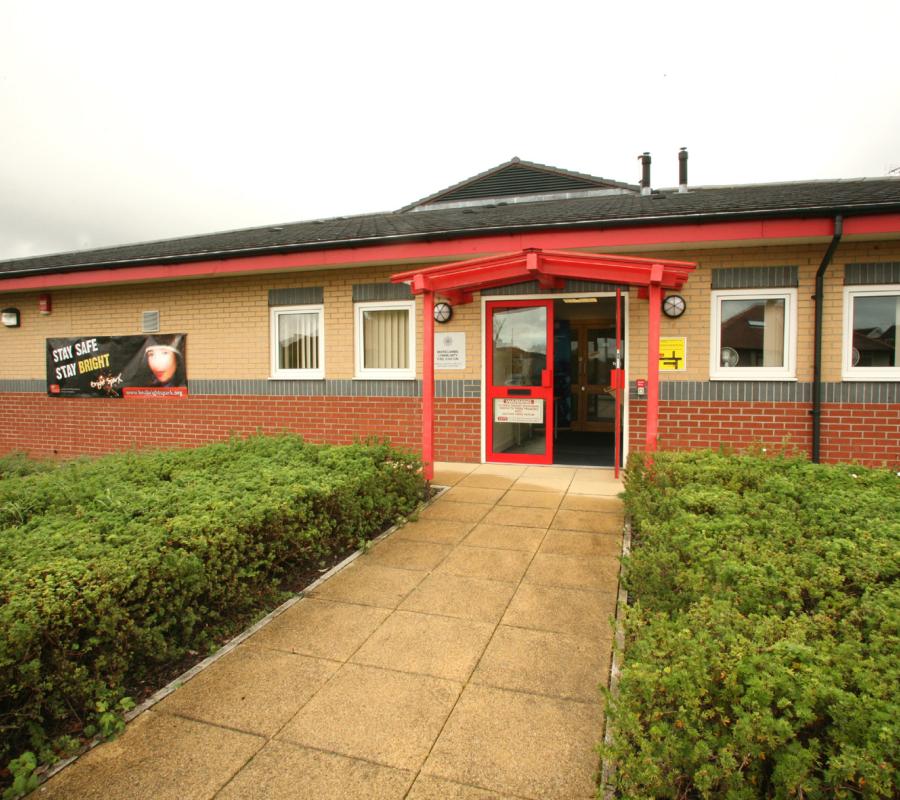Our Property department are responsible for all aspects of property and estate asset management across the property portfolio. They provide professional advice to internal and external customers on all aspects of the property and estate matters and are committed to ensuring that it delivers an effective and efficient service to meet customer’s needs alongside delivering the medium and longer term Property and Estate Assets Management Strategy.
Structures and Responsibilities
The Head of Property has responsibility for the department’s performance specific to financial and service delivery. The key functions for the department include all aspects of Estate Maintenance, Estate Management, the majority of Facilities Management services and Capital Build projects relating to the Estate.
Estate Maintenance:
Statutory compliance.
Planned and Preventative Maintenance (PPM).
Reactive Maintenance including Helpdesk.
Building Management Systems (BMS).
Building Services.
Risk Management including Business continuity.
Premises Management including Access control.
Estates Management:
Property condition surveys.
Asset Management and Strategic Planning.
Estate development - Land acquisition and disposal.
Space Management including Space Efficiency.
Capital Projects - Minor and Major Works.
Estate Management including Blue light Collaboration.
Facilities Management services:
Cleaning – Building and Window.
Hygiene services.
Grounds Maintenance.
Pest control.
Building security.
Utilities – Gas, Electricity and Water.
Waste management (note that this is managed by SHE Dept).
We will
Review the team structure to ensure the best service is provided.
Procure, appoint and manage specialist consultants to support the services to be delivered.
Invest in a new Computer-Aided Facility Management system (CAFM) to enable better information management, improved service delivery and longer-term management of our property and estate assets.
Property asset base
Our property assets are valued and held in the 2022/23 Statement of Accounts at over £118 million. This value is based on continued use by the service and does not represent the value that may be secured from disposal.
We operate from 41 sites across the county, split into six area hubs. The sites include 39 fire stations (wholetime and on call), Service Training Centre and Headquarters. Six of the fire stations are funded through Private Finance Initiative (PFI) with one fire station being specifically designed to share with a Blue light partner – Northwest Ambulance Service (NWAS).
To ensure collaboration and maximisation of the estate assets, site sharing arrangements are in place in numerous locations across Lancashire with Blue light partners, Prince’s Trust, Fire service support agency groups and local community charities.
Property condition
A fundamental aspect of property management is to assess the condition of the structure, fabric and mechanical and electrical installations. Stock condition surveys provide the evidence for the anticipated life-expectancy of building elements, running costs and energy performance, these enable informed decisions to be made in relation to the expenditure of revenue and capital funding on the estate.
Stock condition surveys, together with the knowledge and experience of the users, Property team and external specialist consultants, are utilised to enable informed decisions for both revenue and capital expenditure on the estate.
We will
On a 5-year cyclical basis we will undertake Building Stock Condition Surveys across the estate.
Consider our backlog maintenance and Property and Estate Assets objectives to develop our planned maintenance works schedules on an annual basis.
Deliver the actions relating to property and estate assets in the Carbon Reduction Management Plan.
Property maintenance
The Property department are responsible for all aspects of the maintenance of the estate, the exception being the waste management contract. The structure of the department requires the support of external consultants and contractors to ensure that all aspects are delivered to satisfy legal requirements and service operational requirements.
The annual running cost of the estate is in the region of £3.7m, this is funded from the revenue budget.
Inflationary pressures have impacted significantly on these budgets and whilst we have increased budgets to keep in line with inflation we have seen inflationary increases over and above anticipated levels, particularly on energy and maintenance costs.
Property and Estate Assets Improvement
Improvement of our property and estate assets is funded from our capital budgets. Between 2013/14 to 2022/23 we spent over £13.5m.
Whilst £13.5m is a significant investment in our property and assets over the last 10 years, our capital programme for the next five years is almost four times this level. During this period, we plan to build a new Headquarters, build a new Preston fire station and invest in our training centre props.
We will
Procure, appoint and manage consultants and contractors that meet our Property and Estate Asset objectives.
Undertake effective and efficient contractor management to ensure quality, compliance and value for money.
Ensure adequate resilience and Business Continuity Plans are in place with essential maintenance service contractors.
Ensure maintenance and planned works are prioritised to meet our Property and Estate Assets objectives.
Maintain a rolling 10-year property and estate assets capital programme to inform strategic decision making and financial planning.
Achievements
We have undertaken an incredible amount of work in recent years to improve aspects of our property and estate assets to meet the demands of a modern fire service and collaboration opportunities, such as:
£4 million investment in a suite of mechanical cleaning equipment for purpose-built breathing apparatus training centre to deliver consistent levels of equipment disinfection and hygiene. It includes a network of classrooms and workshop areas where delegates will learn how to prepare, operate and service self-contained breathing apparatus (SCBA). Facilities include a purpose-built dirty-to-clean layout designed to minimise the spread of, and exposure to, contaminants during the removal of equipment and changing out of personal protective equipment (PPE).
Lancaster’s new Community Fire and Ambulance Station collaboration sees fire and ambulance staff jointly accommodated in state-of-the-art facilities on the same site. Working and training so closely together naturally improves everyone’s professional practice and leads to both performance improvement and financial efficiencies for the communities we serve, not just when we respond to emergencies but also in our continuing efforts to make our district safer through the work of our community teams.




